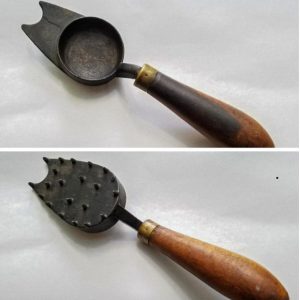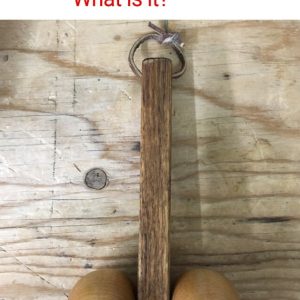When we think of historic battles, our minds often jump to swords, shields, or catapults. But sometimes, the simplest tools made the biggest difference. The caltrop—an unassuming, spiked device—was one of those weapons. With just four metal points arranged in a clever design, it could bring down a horse, halt an advancing army, or even sabotage supply routes. Small in size but massive in impact, caltrops earned their place in the annals of warfare.
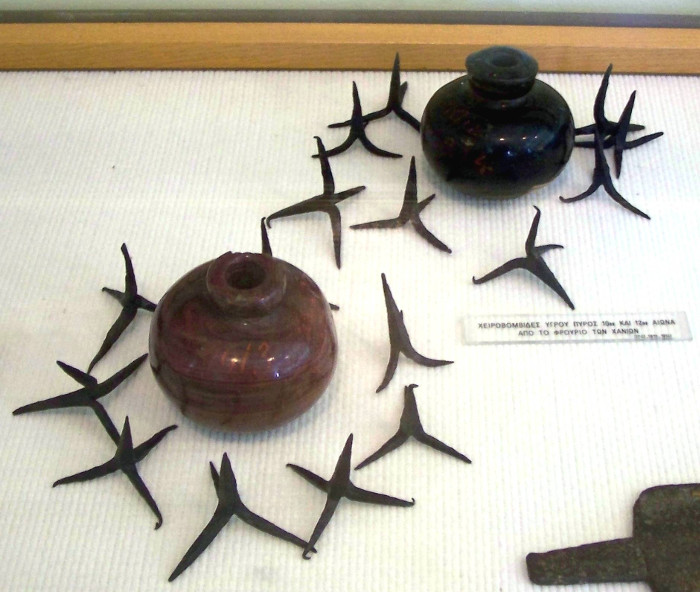
What Exactly Is a Caltrop?
Picture a metal object with four sharp prongs, shaped so that no matter how it lands, one point always sticks up. That’s a caltrop. It was designed to be thrown on the ground, turning open terrain into a hidden minefield. Soldiers, cavalry, and even later vehicles could be slowed or injured by stepping on one. It wasn’t elegant, but it was highly effective.
Ancient Roots and Global Use
The history of caltrops stretches back thousands of years. Ancient Greek armies scattered them across roads to delay enemies. Roman legions carried them into campaigns as portable traps. In China, they were part of defensive strategies to protect fortresses and create deadly obstacles for invading forces. Wherever there was a need to slow movement, caltrops found their purpose.
Video: How Was The Caltrop Used In Medieval Times?
The most vulnerable targets were horses. A single step on a caltrop could cripple the animal, leaving cavalry units in chaos. For armies dependent on mounted troops, caltrops were a nightmare. By taking out horses, these tiny weapons shifted the balance of battles without requiring direct confrontation.
Defensive Tactics Beyond the Battlefield
Caltrops weren’t just for open combat. Defenders of cities and castles often scattered them near gates, walls, or entry points. Imagine an enemy siege—troops rush forward only to be stopped in their tracks by invisible spikes hidden in the dirt. These traps worked like ancient barbed wire, forcing attackers to hesitate and giving defenders precious time.
Even outside warfare, similar designs were used for protection. Historical records suggest caltrops were sometimes placed on roads to deter bandits or intruders. Their role wasn’t just military—it was also about security and control.
Simple Design, Powerful Results
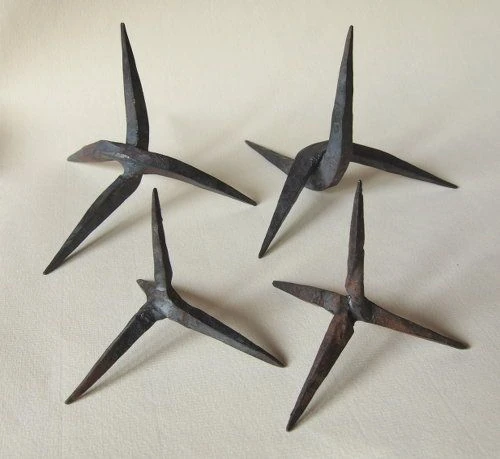
The genius of the caltrop lies in its simplicity. Usually made from iron, they could be forged quickly and in large quantities. Their design required no moving parts, no complicated engineering—just four spikes arranged with geometry in mind. That simplicity made them both cheap and reliable.
The effectiveness came from physics: no matter how you tossed it, one sharp end always faced upward. Soldiers didn’t need to worry about placement—scatter them and let gravity do the work. That reliability made them a favorite for ancient armies who needed fast, scalable solutions.
Why Caltrops Were So Effective
The brilliance of the caltrop wasn’t only about injury—it was about disruption. A few scattered across a battlefield could slow down entire units. Armies had to pause, clear the ground, or change direction, giving their enemies a tactical advantage.
For retreating forces, caltrops were lifesavers. Soldiers could scatter them behind as they withdrew, preventing enemies from giving chase. In a time when speed and momentum often decided battles, caltrops were game-changers.
Symbols of Ingenuity and Strategy
Video: Ultimate Cavalry Defense – Caltrops
Finding caltrops today, whether in museums or archaeological digs, feels like peering into the minds of ancient strategists. They weren’t designed for brute force; they were designed to outthink the enemy. Their presence alongside maps, scrolls, or even ink pots suggests that they were part of larger strategies carefully planned by military leaders.
The Legacy of the Caltrop
While modern warfare has moved on to advanced technology, the core principle of the caltrop hasn’t disappeared. Similar designs appear in anti-vehicle spikes, tire-deflation devices, and even riot control tools. The spirit of the caltrop—using small, simple tools to control larger forces—still lives on.
Collectors and historians today value caltrops not just as relics but as symbols of ingenuity. They show us how ancient warriors thought creatively, using geometry and simplicity to turn the tide of battle.
Conclusion: Proof That Simplicity Wins
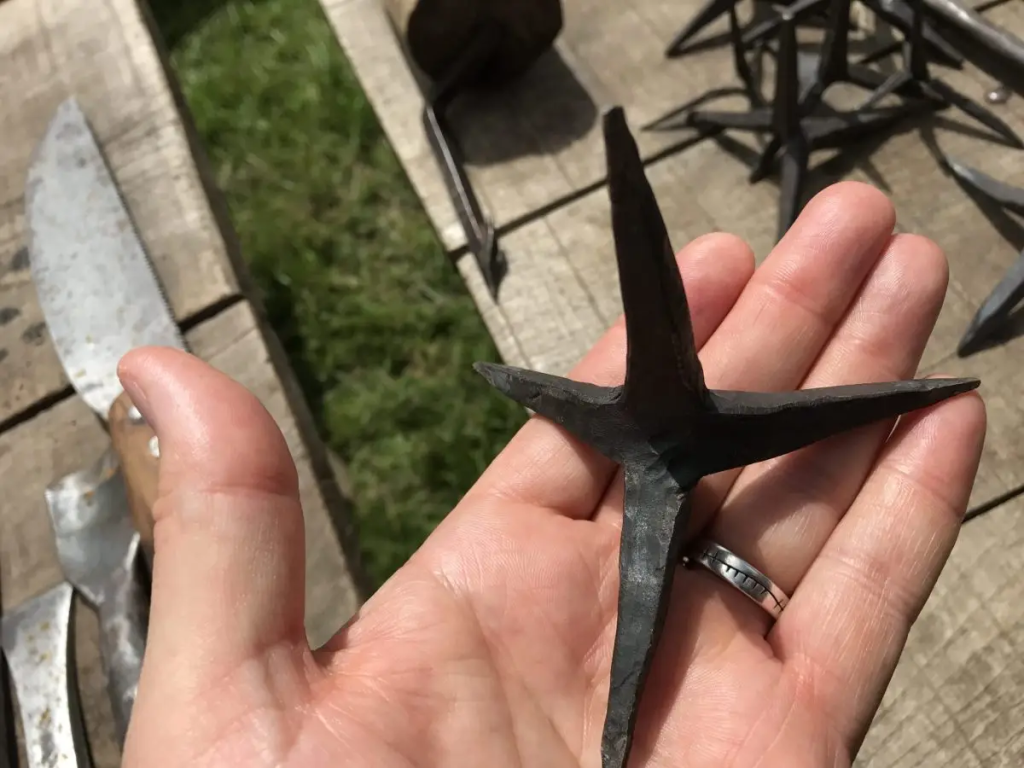
The caltrop reminds us that not every powerful weapon has to be large or complicated. Sometimes, the most effective tools are the smallest ones. This four-pronged device was cheap, portable, and devastatingly effective in war. It slowed down cavalry, protected fortresses, and frustrated advancing armies.
Its enduring legacy is proof that simplicity can rival sophistication. From ancient Greece to modern adaptations, caltrops remain a testament to human ingenuity—showing us that in both war and life, even the smallest obstacles can change the course of history.

